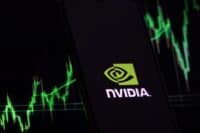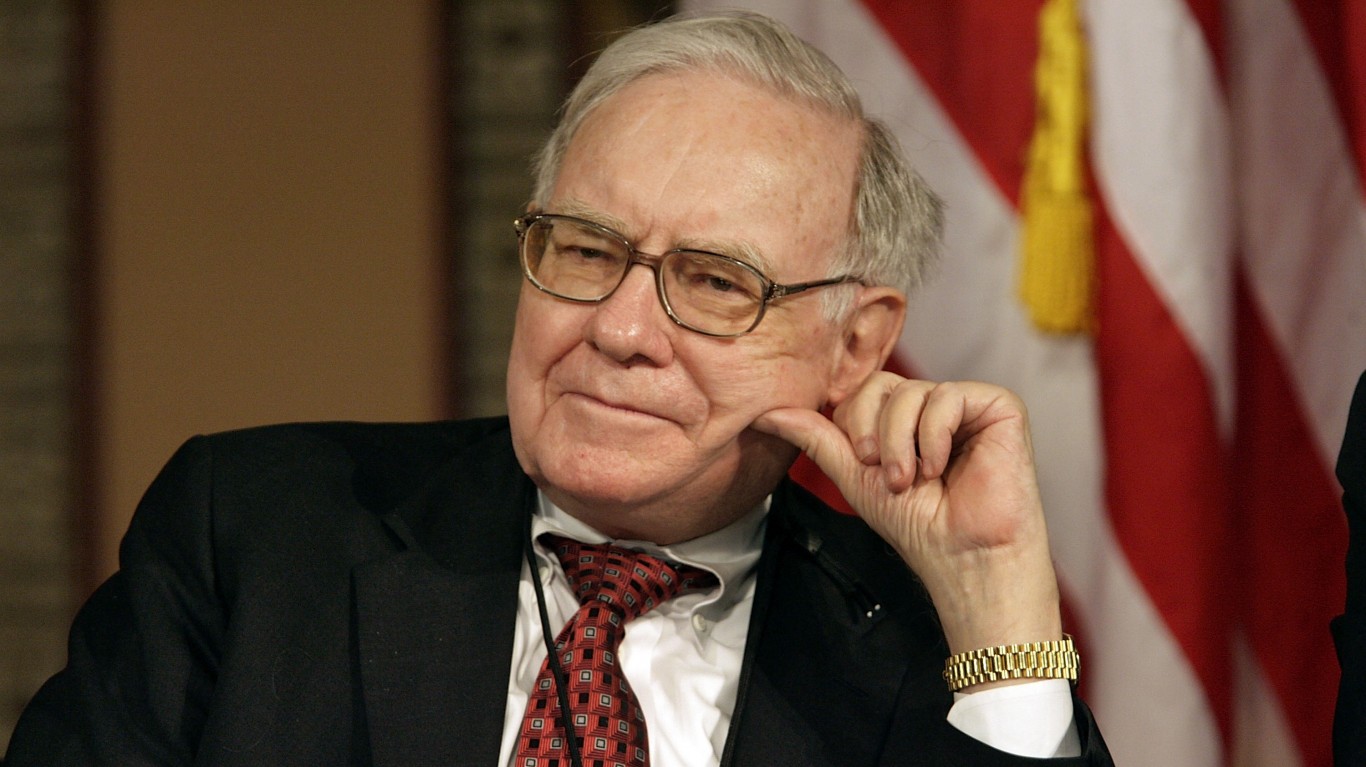
Now that the U.S. presidential election is over and markets have recovered to their highs, there are still some stocks holding back the markets from breaking even higher. 24/7 Wall Street has picked out a few companies posting some of the largest losses for the past week. Some companies are hitting lows and creating huge shareholder losses. There are a slew of reasons for these significant losses, whether they were brought about by missed earnings, clinical trials or even secondary offerings.
We have included a little color on why each stock has lagged, as well as a recent trading history, consensus analyst price target and a 52-week trading range.
Abercrombie & Fitch
Early Friday, Abercrombie & Fitch Co. (NYSE: ANF) reported its fiscal third-quarter financial results. Unfortunately, unlike most other retailers this quarter, Abercrombie was seriously shaken by earnings. Although the company missed estimates, perhaps the bottom line hurt the worst.
The company posted $0.02 in earnings per share (EPS) and $821.7 million in revenue. The consensus estimates from Thomson Reuters had called for $0.21 in EPS and revenue of $830.6 million. In the same period of last year, Abercrombie posted EPS of $0.48 and $878.57 million in revenue.
Total comparable sales for the third quarter were down 6%. By brand, net sales for the quarter decreased 13% to $358.3 million for Abercrombie and decreased 1% to $463.5 million for Hollister, from the third quarter last year.
In terms of guidance for the fiscal fourth-quarter, the company expects to see “challenging” comparable sales but modestly improved from the third quarter, and gross margin down slightly from last year’s 60.7%. The consensus estimates are $1.07 in EPS and $1.07 billion in revenue for the coming quarter.
Over the past week, Abercrombie & Fitch shares retreated around 10%. The stock closed trading at $14.60 on Friday, with a consensus price target of $18.41 and a 52-week trading range of $14.00 to $32.83.
Dynavax Technologies
After Dynavax Technologies Corp. (NASDAQ: DVAX) said Monday morning that it received a Complete Response Letter (CRL) from the U.S. Food and Drug Administration (FDA), its shares crumbled. The CRL was in regards to its Biologics License Application (BLA) for its hepatitis B vaccine, Heplisav-B.
For some background: the FDA issues CRLs to communicate that it has completed a review cycle of an application and to request additional information for review and approval.
Dynavax expects a Class 2 designation for a resubmission of the BLA, which would result in a target review period of six months.
In the CRL, the FDA acknowledged that it has not yet completed its review of responses received from Dynavax in early October, including those pertaining to AESIs and the numerical imbalance in cardiac events. The responses included an extensive analysis that included independent expert consultation supporting the view that the imbalance was driven by an unexpectedly low number of events in the comparator arm. It would appear the agency could not fully assess the responses in the current review period. In the CRL, there was no request for additional clinical trials and no apparent concerns with rare serious autoimmune events.
Over the past week, shares lost nearly 60% of their value, to end the week at $4.70. The consensus price target is $26.00, and a 52-week range is $3.20 to $29.86.
Puma Biotechnology
Shares of Puma Biotechnology Inc. (NYSE: PBYI) dropped sharply on Monday following an update from its HER2 study in breast cancer with the drug neratinib. Overall, the drug improved progression free survival across the board, which was good news. However, complications arose when patients suffered from serious adverse effects, namely diarrhea.
To combat this, the company is introducing another drug in the treatment to counteract this adverse effect. Puma is now evaluating loperamid, an anti-diarrhea medicine, in conjunction with neratinib. Despite loperamide improving the incidence rate, the rates were still very high, raising concerns that the drug may be too toxic to be approved.
Shares dropped 14% last week, closing Friday at $43.25. The consensus price target is $87.00 and the 52-week range is $19.74 to $82.81.
Synthetic Biologics
This past week, Synthetic Biologics Inc. (NYSEMKT: SYN) announced the pricing for its secondary offering. The company expects to price its 25 million shares and warrants to purchase 50 million at $1.00 per share and accompanying warrants. The company expects to make $25 million from this offering.
If exercised in full, the warrants could result in additional net financing proceeds to the company of $78.8 million. The underwriter has a 30-day option to purchase up to 3.75 million additional shares of common stock and warrants to purchase up to 7.5 million additional shares of common stock. The offering was expected to close on or about November 18, 2016, subject to customary closing conditions.
The only underwriter for this offering was Cantor Fitzgerald, which also acted as the sole book-running manager.
The initial per-share exercise price of the Series A warrant is $1.43 per share, and the per-share exercise price of the Series B warrant is $1.72, each subject to adjustment as specified in the warrants.
Over the week, shares were down more than 43%. The stock closed Friday at $0.89, with a consensus price target of $6.95 and a 52-week trading range of $0.85 to $3.09.
Are You Ahead, or Behind on Retirement?
If you’re one of the over 4 Million Americans set to retire this year, you may want to pay attention. Many people have worked their whole lives preparing to retire without ever knowing the answer to the most important question: am I ahead, or behind on my goals?
Don’t make the same mistake. It’s an easy question to answer. A quick conversation with a financial advisor can help you unpack your savings, spending, and goals for your money. With Zoe Financial’s free matching tool, you can connect with trusted financial advisors in minutes.
Why wait? Click here to get started today!
Thank you for reading! Have some feedback for us?
Contact the 24/7 Wall St. editorial team.





